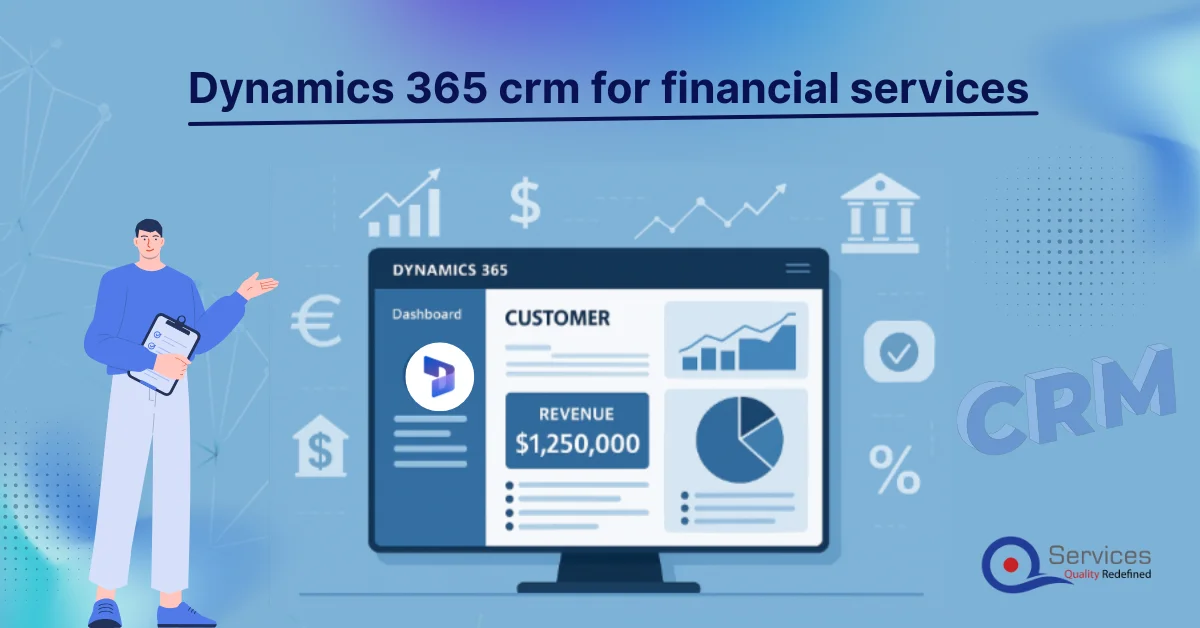
Rewards
.





CANADA
55 Village Center Place, Suite 307 Bldg 4287,
Mississauga ON L4Z 1V9, Canada
Certified Members:
.



Home » Automating Healthcare Administration with Power Automate and JavaScript

In today’s fast-paced healthcare environment, every minute counts. Managing tasks like patient data entry, appointment scheduling, and compliance monitoring can overwhelm healthcare professionals. By combining Microsoft Power Automate with JavaScript, organizations are streamlining routine processes, reducing errors, and ultimately freeing up staff to focus on what really matters—patient care.
Healthcare administrators face enormous challenges:
Manual processing of records and scheduling not only slows things down but also introduces the risk of mistakes. This is why there’s a growing demand for solutions that automate repetitive tasks without sacrificing data integrity or compliance.
Microsoft Power Automate (often called MS Power Automate) is a low-code platform that easily integrates with Microsoft Power Apps, Dynamics 365, and other enterprise systems. When you add custom JavaScript code, the platform becomes even more versatile, enabling tailored automation to address the specific challenges of healthcare administration.
One of the most time-consuming tasks in healthcare is manual patient data entry. Mistakes can lead to incorrect records, delayed treatments, or compliance issues. Here’s how automation can help:
Scheduling appointments is critical in healthcare. Automation can help by:
Example Scenario:
Step 1: A patient submits an appointment request online.
Step 2: Power Automate checks the doctor’s calendar.
Step 3: A JavaScript snippet calculates the best available time slot.
Step 4: Both patient and doctor receive automated notifications (via email/SMS).
Seamless integration is key to centralized healthcare administration. Power Automate connects disparate EHR systems, ensuring that patient data remains current. Custom JavaScript functions convert data formats for smooth transfer.
Data Extraction: Retrieve patient data from various sources (e.g., lab reports, admission forms).
Data Transformation: Use JavaScript to reformat data as required.
Synchronization: Automatically update the central EHR system.
Audit & Logging: Log the process for compliance and trigger alerts if mismatches occur.
Enhanced Interoperability: Unified platform for all patient data.
Timely Updates: Real-time data synchronization for current information.
Compliance: Automated documentation reduces manual oversight.
Get free Consultation and let us know your project idea to turn into an amazing digital product.

Staying compliant with healthcare regulations is a continuous challenge. Automation simplifies this by:
Effective communication is crucial in healthcare. Automation helps by:
Remote patient monitoring is increasingly important. By combining IoT devices with automation, healthcare providers can:
Benefits:
While Power Automate offers many pre-built templates and connectors, custom logic is sometimes necessary. JavaScript provides:
Many healthcare organizations have successfully implemented these automation strategies:
A major hospital network implemented flows for patient onboarding, appointment scheduling, and EHR updates. With custom JavaScript validating and transforming data, manual data entry errors dropped by 60% and administrative time was reduced by 40%. This not only boosted patient satisfaction but also allowed staff to spend more time on direct care.
Another provider integrated IoT devices with automation flows and JavaScript analytics. The system continuously monitored patient vitals, updated records, and alerted clinicians to any anomalies—leading to fewer emergency admissions and better overall outcomes.
Share your project idea with us. Together, we’ll transform your vision into an exceptional digital product!

When implementing automation in healthcare, keep these best practices in mind:
Ensure all workflows meet HIPAA or GDPR standards.
Use Power Automate’s security features and secure coding practices in JavaScript.
Integrate with existing systems like EHRs and scheduling software.
Test thoroughly for seamless data flow.
Design flows to be modular and scalable.
Use reusable JavaScript functions and well-documented connectors.
Train staff on how the automation works.
Establish a feedback loop to refine processes.
Monitor flows regularly.
Update JavaScript code to meet new compliance requirements and resolve issues quickly.
The combination of Microsoft Power Automate and JavaScript is reshaping healthcare administration by automating tedious tasks and enabling smarter workflows. Whether it’s streamlining patient data entry, automating appointment scheduling, integrating with complex EHR systems, or facilitating remote patient monitoring, these technologies are transforming how healthcare organizations operate. Automation not only boosts efficiency but also enhances patient care, reduces compliance risks, and allows healthcare professionals to focus on their primary mission—caring for patients.
Adopting these intelligent process automation solutions can save valuable time, reduce administrative overhead, and improve overall service quality. As the industry evolves, integrating custom JavaScript with Power Automate will pave the way for even more innovative solutions, ensuring that healthcare administration is both automated and truly intelligent.
Now is the time to embrace the future of ambient intelligence in healthcare administration. Whether your goal is to streamline workflows, enhance data integrity, or improve patient engagement, the powerful combination of Microsoft Power Automate and JavaScript offers a versatile and scalable solution to help your organization achieve its goals.
Power Automate can streamline administrative tasks such as patient scheduling, data entry, billing, and reporting by automating repetitive processes.
Benefits include increased efficiency, reduced errors, improved data accuracy, cost savings, and more time for healthcare professionals to focus on patient care.
Connectors are pre-built integrations that allow Power Automate to interact with various services and applications, such as Office 365, SharePoint, and third-party apps.
Yes, JavaScript can be used in Power Automate through custom connectors or by embedding scripts in actions that support scripting.
Automation can streamline patient scheduling by automatically sending appointment reminders, updating calendars, and managing cancellations and rescheduling.
Common use cases include automating patient intake forms, managing patient records, processing insurance claims, and generating reports.
Yes, Power Automate can handle complex workflows involving multiple steps, conditions, and integrations with various systems.
Automation can streamline billing and claims processing by automatically generating invoices, verifying insurance information, and submitting claims electronically.
Yes, Power Automate can automate data collection and processing, enabling more efficient data analysis and reporting.
Workflows can be tested and debugged using the built-in testing tools in Power Automate, which allow you to run flows and review logs for errors.
Best practices include starting with simple workflows, ensuring data security, involving stakeholders in the design process, and continuously monitoring and optimizing workflows.
Yes, Power Automate can integrate with various cloud services, including Azure, AWS, and Google Cloud, through connectors and APIs.
Automation can reduce manual data entry errors, speed up data processing, and ensure consistency across systems.
A condition is a logical statement that determines the flow of actions based on whether the condition is met or not.
JavaScript can be used to make API calls, process responses, and integrate external data into Power Automate workflows.
Examples include appointment reminders, medication alerts, lab result notifications, and follow-up care reminders.
Automation can ensure timely and accurate reporting, track compliance with regulations, and generate audit trails for review.
A custom connector allows you to create your own integration with a service or API that is not available as a pre-built connector in Power Automate.
Automation can enhance patient communication by sending automated messages, reminders, and updates through various channels such as email, SMS, and patient portals.
Examples include collecting patient feedback through surveys, gathering health metrics from wearable devices, and extracting data from electronic forms.
Automation can optimize staff scheduling by considering availability, skills, and workload, and can also manage shift changes and time-off requests.

The oil and gas industry works in some of the most challenging and most demanding environments on the planet. From offshore rigs to large refineries, the machinery and infrastructure that powers this sector is extremely important for the global energy supply chain. However, equipment failures can lead to costly downtime, security risks and environmental hazards

Dynamics 365 CRM for Financial Services is a specialized version of Microsoft Dynamics 365 Customer Relationship Management (CRM) tailored specifically for the financial services industry. It is designed to help financial institutions, such as banks, insurance companies, investment firms, and wealth management organizations, manage their customer relationships, streamline operations, and enhance service delivery.

Companies are catching on to the fact that they need cool tech like Dynamics 365 CRM and ReactJS if they want to keep things running smooth and make smarter choices.
.





55 Village Center Place, Suite 307 Bldg 4287,
Mississauga ON L4Z 1V9, Canada
.




Founder and CEO

Chief Sales Officer

🎉 Thank you for your feedback! We appreciate it. 🙌